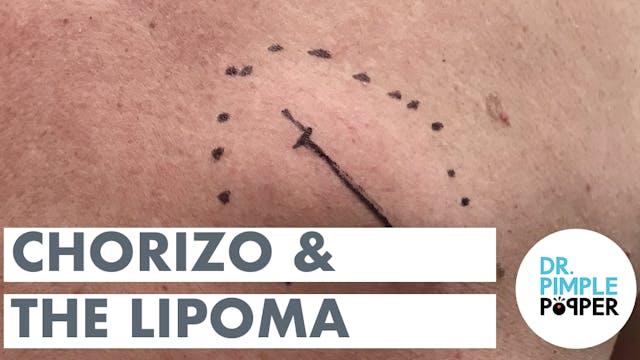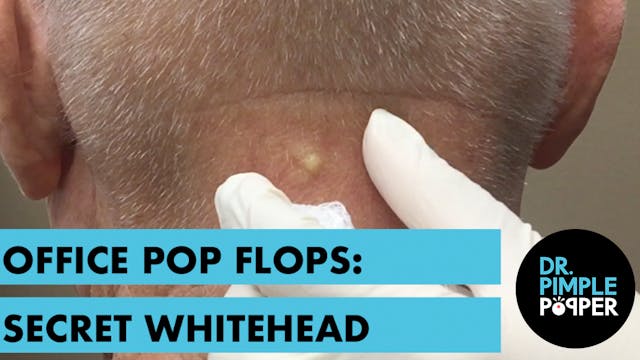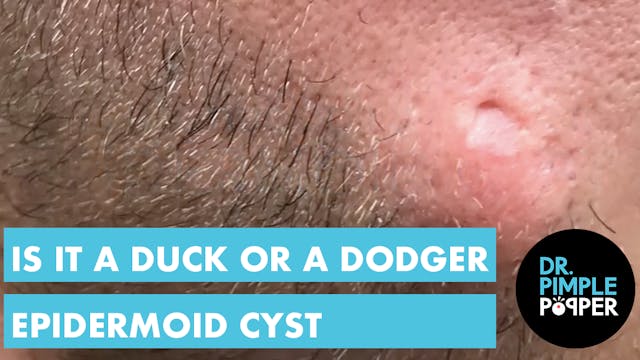Keloids occur most often on the earlobes, the chest, back, and upper arms. It is when scar tissue from an episode of "trauma" gets hyperexcited and grows beyond the bounds of the original wound. Usually a person knows when their keloid is active because it itches or is painful
Treatment is difficult and recurrence is common. Simply excising a keloid is not usually recommended because "trauma" itself is definitely a causative factor.
In this case, I use the Sensus SRT (Radiation Therapy) to treat the area in order to discourage the keloid from returning. This is a service we provide in our office now, and can also be used for certain types of skin cancer.
Up Next in Recently Added
-
Chorizo & The Lipoma
Starting the day off with a breakfast lipoma!
Lipomas are slow-growing, benign (non-cancerous) growths of fat cells. These cells are contained in a thin capsule that creates the appearance of a “bump” right under the skin. Lipomas are typically not tender, move around easily, and don’t require ...
-
Office Pop Flops: Secret Whitehead
We want to show you everything that happens in the office, yes even the little things. Not all pops are big and require a splash mask and some are just not what we expected...these are the Office Pop Flops!
A whitehead or a closed comedo (single for comedone), unlike a blackhead, is a completely...
-
Is it a Duck or a Dodger Cyst?
What team does this epidermoid cyst play for?! Let's find out!
An epidermoid cyst is a non-cancerous growth commonly found on the skin of the face or neck, but can occur anywhere on the body. Just as its name suggests, these cysts occur as a result of epidermal cells, cells from the top layer o...




5 Comments